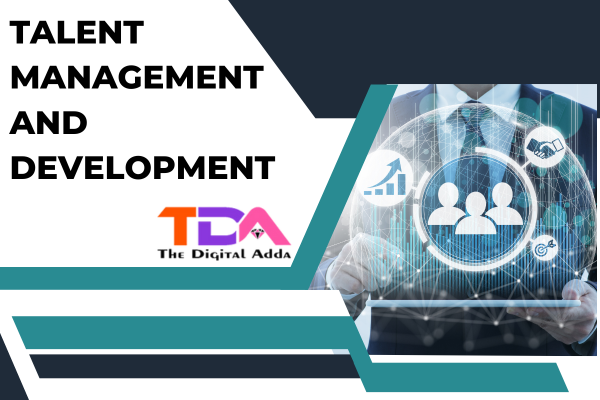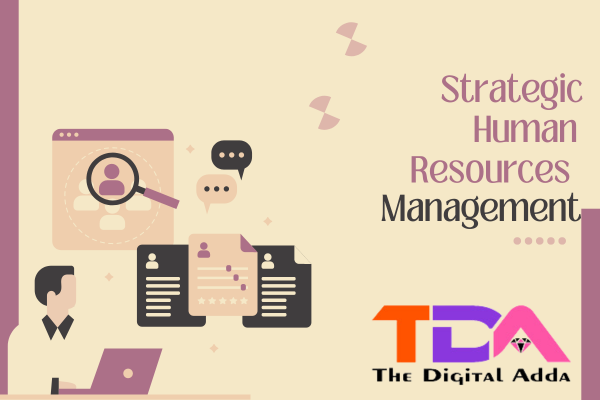Modern Human Resource Management – Recruitment and Selection Process FREE Certification
Modern human resource management practices have evolved to streamline the recruitment and selection process, leveraging technology and adopting innovative approaches. Here’s an overview of the modern recruitment and selection process in human resource management:
- Workforce Planning: Human resource (HR) professionals collaborate with key stakeholders to understand the organization’s current and future talent needs. This involves analyzing the organization’s goals, forecasting workforce requirements, and identifying skills gaps.
- Job Analysis and Job Description: HR conducts a thorough job analysis to determine the key responsibilities, skills, qualifications, and competencies required for a specific role. This information is used to create a comprehensive job description that attracts suitable candidates.
- Employer Branding: Organizations focus on building a positive employer brand to attract top talent. They highlight their unique culture, values, employee benefits, and career growth opportunities through various channels, such as social media, career websites, and employee testimonials.
- Sourcing Candidates: Modern HR practices employ a range of sourcing techniques to reach a diverse pool of candidates. These techniques include internal referrals, online job portals, professional networking platforms (e.g., LinkedIn), talent acquisition software, and partnerships with recruitment agencies.
- Screening and Shortlisting: Once applications are received, HR uses various screening methods, such as resume reviews, pre-employment assessments, and video interviews, to shortlist candidates who meet the job requirements and organizational fit.
- Interviewing: HR utilizes different interview formats, such as structured, behavioral, or panel interviews, to evaluate candidates’ skills, experience, and cultural fit. Interviewers may include HR professionals, hiring managers, and potential team members.
- Assessments and Testing: Depending on the role, HR may administer additional assessments or tests to assess candidates’ aptitude, cognitive abilities, personality traits, or specific skills relevant to the job.
- Background Checks and References: To verify candidates’ qualifications and employment history, HR conducts background checks, including education and employment verification, criminal records checks, and reference checks.
- Decision-Making: After evaluating all candidates, HR collaborates with the hiring manager or a selection committee to make the final selection decision. This may involve considering interview feedback, assessment results, reference checks, and overall fit with the organization.
- Job Offer and Onboarding: Once a candidate is selected, HR extends a job offer, negotiates terms and conditions, and manages the onboarding process. This includes completing paperwork, facilitating orientation programs, and ensuring a smooth transition into the organization.
Throughout the recruitment and selection process, HR professionals maintain compliance with labor laws, data protection regulations, and diversity and inclusion initiatives to ensure fairness and equal opportunities for all candidates. Additionally, technology plays a crucial role in automating administrative tasks, managing applicant data, and enhancing the efficiency of the process.











